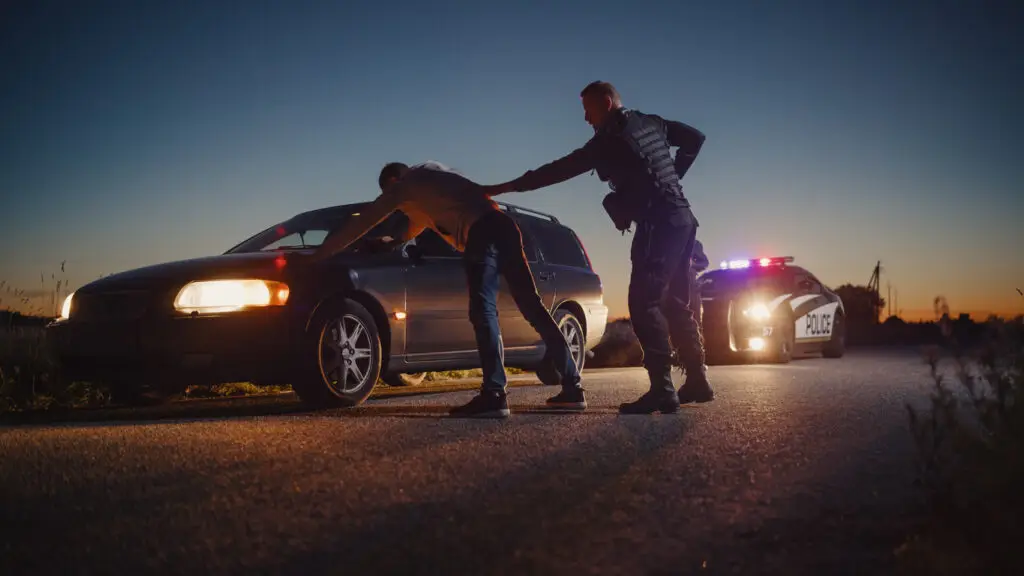One minute you’re pulled over for running a stop sign; the next, you’re sitting in a cold jail cell wondering what went wrong. Many drivers don’t realize that some traffic violations can quickly escalate into misdemeanor offenses. But what exactly separates a minor infraction from a criminal charge?
In this article, we’ll break down the difference between traffic violations, misdemeanors, and felonies and explain how to avoid turning a routine traffic stop into a legal nightmare.
Common Types of Traffic Violations
California drivers face thousands of citations every day. Running a stop sign or using the carpool lane alone might get you pulled over, but more serious offenses like reckless driving or driving under the influence can lead to criminal charges.
However, traffic violations fall into one of three categories: infractions, misdemeanors, and felonies. A small mistake can quickly escalate into a serious offense depending on your actions and the consequences.
Everyday Infractions That are Not Misdemeanors
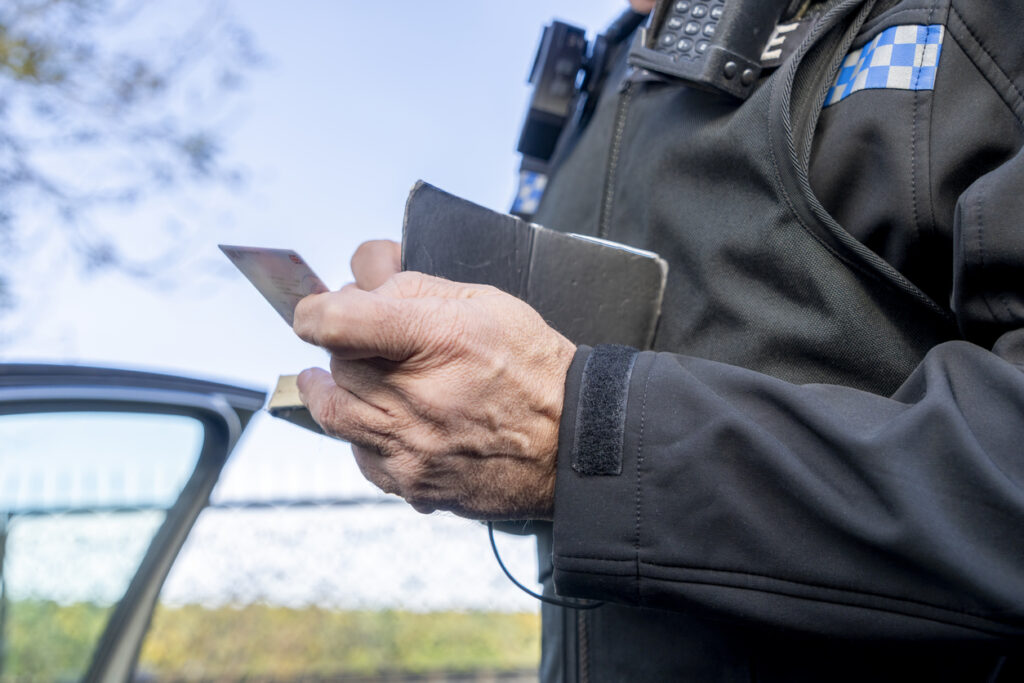
Infractions are minor offenses that are usually punished with fines or points on your driver’s license. Common violations are:
- California Stops
A California stop, commonly known as a rolling stop, is when you don’t fully stop when you’re supposed to. Under Vehicle Code 22450 (a), anyone approaching a stop sign must stop at the limit line or before entering an intersection.
- Driving in Carpool Lanes
Driving in the carpool lane without a passenger is a violation of Vehicle Code 21655.5, which states that only vehicles with at least one passenger may use HOV lanes.
- Using Suicide Lanes
Driving in the center-left lane, or “suicide lane”, without turning into a street or driveway can land you a ticket. Under Vehicle Code 21659, no vehicle may drive in this lane except when passing or preparing for a left turn.
- Overtaking Bicycle Lanes
This happens when you’re casually driving in the bicycle lane with no intent of turning. Under Vehicle Code 21209, vehicles may only enter the bike lane when preparing to park or make a turn.
When Violations Becomes Misdemeanors
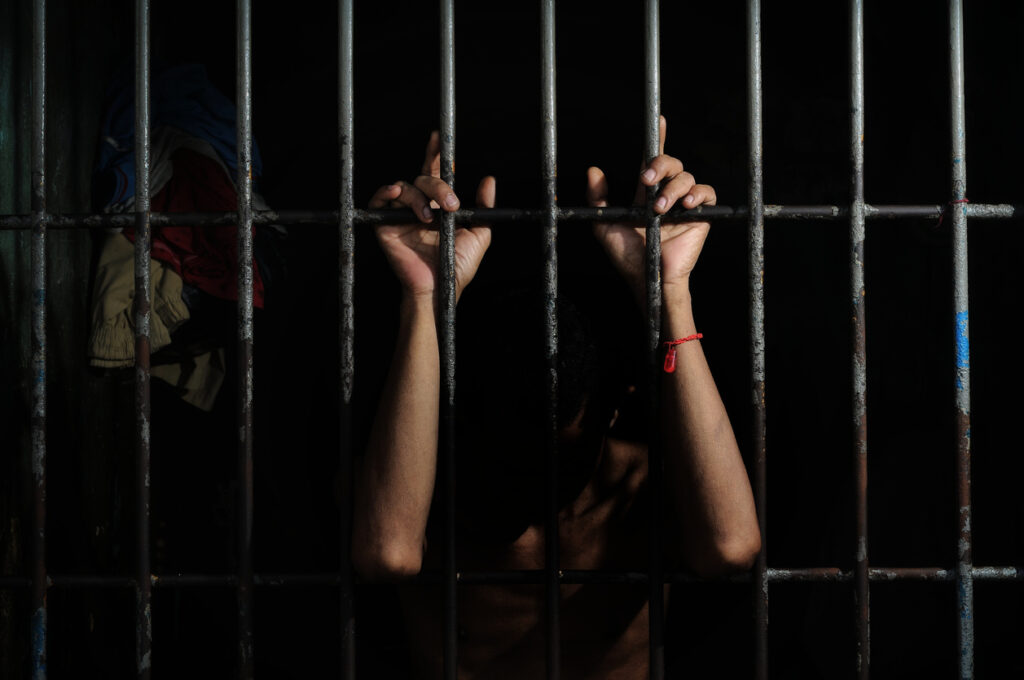
When a driver’s action shows recklessness or disregard for safety, they can be charged with misdemeanors. Common examples include:
- Reckless Driving
Vehicle Code 23103 describes reckless driving as willful or wanton disregard for the safety of others or property.
- Hit-and-Run
Leaving the scene of any accident, even a fender bender, is treated as a misdemeanor if property is damaged. Under Vehicle Code 20002 a driver who fails to stop and exchange information can face fines and up to six months in county jail.
- DUI Without Injury
Vehicle Code 23152 makes it illegal to drive while under the influence of alcohol or drugs. Penalties can include fines, license suspension, probation, and up to six months in county jail.
Serious Offenses That Count as Felonies
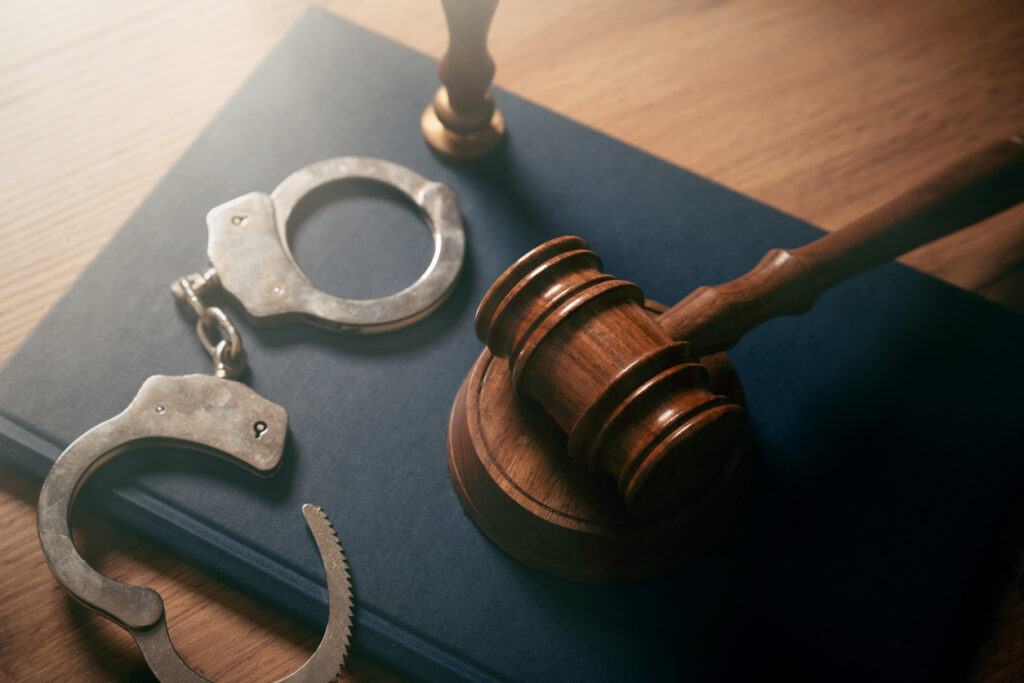
Unlike infractions or misdemeanors, felonies involve severe cases like injury or death. Some of the most common felonies in California are:
- Felony Hit-and-Run
If a driver causes an accident and flees the scene, this violates Vehicle Code 20001. Under this law, drivers must stop, provide identification, and provide assistance if needed. Failing to do so is treated as a felony hit-and-run, punishable by up to 4 years in state prison and fines up to $10,000.
- Felony DUI
If the driver has three or more prior DUI convictions, or if they cause injury or death, Vehicle Code 23153 applies. Felony DUIs can carry 16 months to 16 years in state prison, fines up to $5,000, and long-term license suspension.
- Vehicular Manslaughter
If a driver causes the death of another person, this violates Penal Code 191.5. Depending on the circumstance, prosecutors may charge the offense with or without gross negligence. A conviction can result in up to 10 years in state prison, with higher sentencing if gross negligence is proven.
- Reckless Driving Resulting in Injury or Death
Reckless driving is usually a misdemeanor, but Vehicle Code 23104 applies if someone is injured or killed. Something as simple as weaving through traffic at high speeds can result in up to 3 years in state prison and fines up to $10,000 if another person is harmed.
What Can You Do After a Violation?
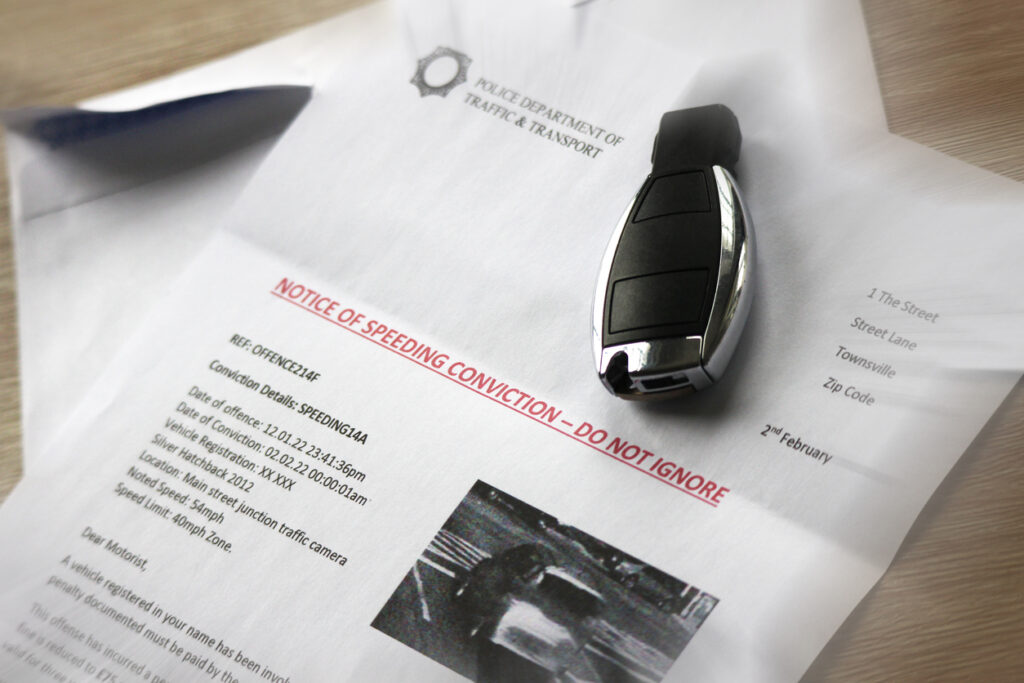
No one plans to spend a couple of months, or even a year in jail. Facing traffic charges is stressful enough, but what you do next can make a difference. Take it seriously and handle it with care, and the outcome might be far less severe. You should:
- Review the Ticket or Charge Carefully
For infractions, check for violation codes, fine amount, and whether it adds points to your license. The Judicial Branch of California provides a self-help guide to support users navigate their traffic violations.
- Decide How to Respond
With an infraction, you generally have three options: pay the fine, request traffic school to avoid points, or contest the ticket in court. With misdemeanors or felonies, ignoring the charge can lead to harsher penalties. In many cases, you’ll be required to appear in court, making it important to know your court dates.
- Consult an Attorney
Criminal traffic charges can affect your license, insurance, job, and even your freedom. An experienced attorney can review your case, negotiate with prosecutors, and represent you in court.
- Act Quickly
Whatever the charge, don’t wait until deadlines pass or court dates approach. Staying proactive protects your record and preserves your options.
What This Means for California Drivers
The line between a traffic ticket and a criminal charge isn’t always clear. Knowing when a traffic violation is a misdemeanor helps you make safer choices and avoid legal trouble. So the next time you think about making a California stop. Don’t. It’s not worth the risk.
